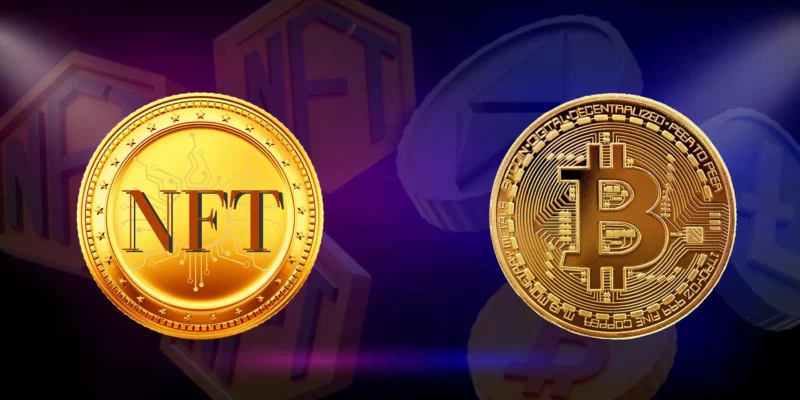- NFTs could potentially revolutionize the world of art and collectibles with unique digital ownership.
- The significance of blockchain in the world of digital assets creates new opportunities for creators and enthusiasts.
Non-fungible tokens (NFTs) are encrypted cryptocurrencies that prove digital ownership of a digital asset. With the emergence of blockchain and since these NFTs were introduced, crypto enthusiasts have leveraged its full potential as per their specific requirements. This could disrupt traditional methods with the help of several decentralized finance (DeFi) and DApps. The art market has been continuously dominated by auctions and galleries, which require intermediaries and commissions, but blockchain has the power to change these conventional ways at comparatively lower prices.
What are Non-fungible Tokens (NFTs)?
Every NFT represents ownership of unique digital assets like real estate, art and collectibles. Unlike digital currencies such as Ethereum and Bitcoin, non-fungible tokens cannot be exchanged on an equal basis as each NFT has its own unique value. This feature makes it an ideal option for digital art’s representation and artist compensation without being replicated or shared.
These tokens are created on blockchain platforms (commonly Ethereum-based). Digital assets are tokenized and encrypted with unique information stored on a specific blockchain. This information consists of the creator or owner and further historical records of transactions. Blockchain’s decentralization ensures this data’s and digital asset’s security while being tamper-proof.
NFT’s Impact on Art and Collectibles
Non-fungible tokens (NFTs) have the potential to transform the traditional world of art by creating new opportunities for creators to tokenize or monetize their creations. By selling their creations and artworks as NFTs over blockchain, they can establish ownership while making passive profits every time their creation is resold in the market, which was previously disrupted by auction houses that enforce a significant commission over sales of an artwork.
These tokens also paved a new way for collectors to invest in their preferred collectibles and support a favorite or specific artist. A piece of digital art can be owned by collectors because it has the benefit of blockchain verification and easy transfer. With these functionalities, art collectors can leverage the features of a whole new market, even when they don’t have enough resources to buy real-world art or digital collectibles.
Future Aspects of NFTs
There are still some uncertainties about the future of NFTs. Still, some crypto enthusiasts are anticipating its crucial role in the finance industry with the help of decentralization. As NFTs become reachable to more artists and collectors, there are still chances of foreseeing new innovations to make them useful in the art segment. One can expect to see new and innovative ways of using them in the art world. Augmented reality and digital art exhibitions are still assumed to empower this genre.
Additionally, these non-fungible tokens raise significant concerns regarding the environment. The energy that gets consumed during mining and storing of blockchain-based data is high and that’s one of the main reasons that technologies have to provide more sustainable energy alternatives in the long run.
Conclusion
NFTs are one of the crucial elements of blockchain that leverage traders and crypto enthusiasts with their vast functionalities. By using this, creators can tokenize their digital assets and, in the meantime, monetize them to get specific profits. Always try to buy or trade these NFTs from the official website, as it could lead to a secure transaction instead of being trapped in scams and other fraudulent activities. These tokens can unlock several ways for growth and opportunities.


Comments